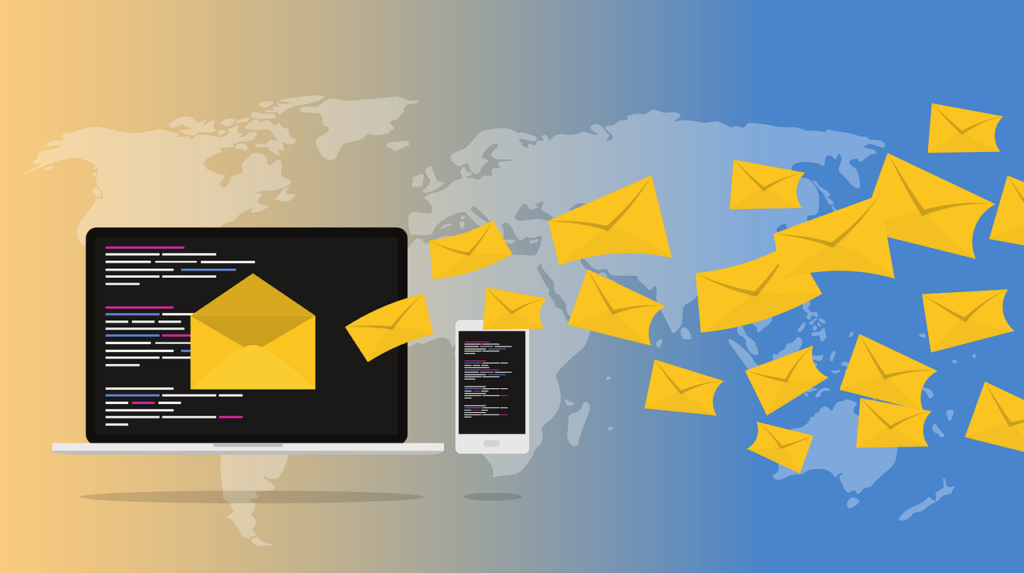Email marketing is one of the most effective tools for businesses to connect with their audience. However, sending generic emails to your entire list may not yield the desired results. This is where email marketing segmentation comes into play. You can tailor your content to suit their interests, preferences, and behaviors by categorizing your subscribers based on shared attributes. Let’s dive into email marketing segmentation and explore how you can leverage it to maximize your campaign success.
Email marketing segmentation is the process of dividing your email list into smaller, more targeted groups. These segments are created based on specific data points like demographics, behavior, location, and interests. When you segment your list, you can deliver personalized content that resonates with each group, increasing open rates, click-through rates, and, ultimately, better conversions.
Top Benefits of Email Marketing Segmentation
- Improved Relevance: Segmented emails are more relevant to individual subscribers, making them more likely to engage with your content.
- Higher Open Rates: Personalized subject lines and content lead to higher open rates as subscribers are more interested in what you have to say.
- Enhanced Click-through Rates: Relevant content prompts subscribers to click on links, driving traffic to your website or landing pages.
- Reduced Unsubscribes: When subscribers receive content that matches their interests, they are less likely to unsubscribe.
- Better Customer Retention: Segmented campaigns foster a sense of personalized attention, leading to improved customer loyalty.
Key Segmentation Strategies
Demographic Segmentation
Divide your audience based on demographic attributes such as age, gender, occupation, income, and education level. Understanding these characteristics can help you tailor content that aligns with different life stages, needs, and preferences.
Behavioral Segmentation
Analyze your subscribers’ behavior, such as past purchases, website activity, and email engagement. By understanding their actions, you can create targeted offers and recommend products or services that match their interests.
Geographic Segmentation
Segment your audience by location, which is especially useful for businesses with different regional offers or location-specific promotions. Geographic segmentation ensures that your emails consider local preferences and events.
Psychographic Segmentation
Psychographic segmentation focuses on subscribers’ interests, values, lifestyle, and personality traits. By tapping into their motivations and aspirations, you can craft emails that emotionally connect with your audience.
How to Implement Email Marketing Segmentation
Data Collection: Gather relevant data about your subscribers through sign-up forms, surveys, and customer interactions.
Segmentation Software: Utilize email marketing platforms that offer segmentation features, making the process more efficient.
Define Segmentation Criteria: Determine the attributes you want to use for segmentation based on your marketing objectives.
Create Targeted Content: Develop tailored content for each segment that aligns with their specific needs and interests.
A/B Testing: Experiment with different content variations to identify the most effective approaches for each segment.
Case Studies: Successful Segmentation Examples
Case Study 1: E-commerce Retailer
An e-commerce retailer successfully increased sales by segmenting its email list based on past purchase history. By sending personalized product recommendations and exclusive offers to each segment, they achieved a 35% increase in click-through rates and a 20% boost in overall sales.
Case Study 2: Travel Agency
A travel agency improved engagement by segmenting its list according to travelers’ preferred destinations. By delivering targeted travel guides and exclusive deals for specific locations, they witnessed a 50% increase in email open rates and a 15% rise in bookings.
Conclusion
Email marketing segmentation is a powerful tool that can significantly impact the success of your campaigns. Understanding your audience and delivering personalized content can build stronger relationships with subscribers, increase engagement, and drive conversions. Implement the strategies discussed in this post, and you’ll be well on your way to harnessing the full potential of email marketing segmentation for your business.


